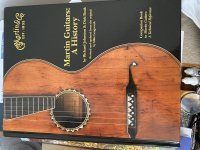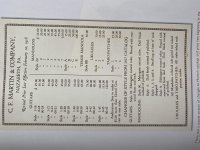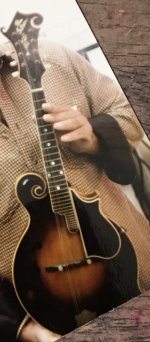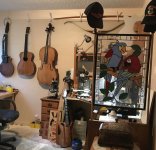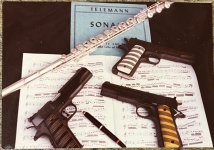I am readingMartin Guitars: A History, Volume 1, by Johnston and Boak. From page 65, a price list dated 01 February 1918, which reveals that the cheapest guitar was $4 more than the Triple Lock revolver and $6 more than the .44 Hand Ejector Second Model, which, at $19, was developed as the Triple Lock at $21 was a slow seller. And a Triple Lock was more than only the cheapest mandolins.
An 01 February 1918 price list iOS actually a good date for comparison as the last bulk order of Triple Lock revolvers was 01 January 1918 to Shapleigh Hardware, only a month prior, and Triple Lock revolvers only trickled out of the factory after that.
Bonus points, and I don’t know the answer. If a Triple Lock revolver was $21 then, how much was a Target Model Triple Lock revolver?
Edit: I should have mentioned I created this thread because I was surprised at how much a Martin guitar cost at that time. I never would have guessed the cheapest guitar cost more than a Triple Lock revolver.
An 01 February 1918 price list iOS actually a good date for comparison as the last bulk order of Triple Lock revolvers was 01 January 1918 to Shapleigh Hardware, only a month prior, and Triple Lock revolvers only trickled out of the factory after that.
Bonus points, and I don’t know the answer. If a Triple Lock revolver was $21 then, how much was a Target Model Triple Lock revolver?
Edit: I should have mentioned I created this thread because I was surprised at how much a Martin guitar cost at that time. I never would have guessed the cheapest guitar cost more than a Triple Lock revolver.
Attachments
Last edited:

